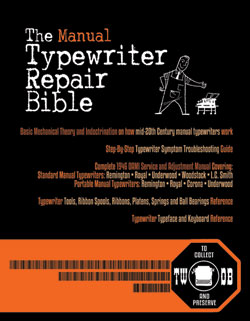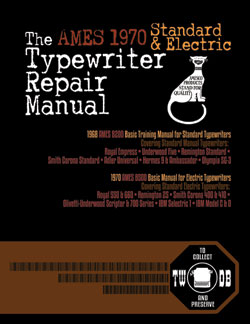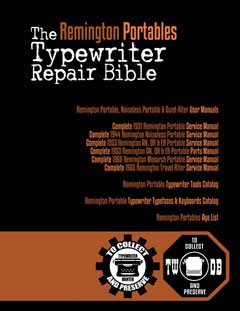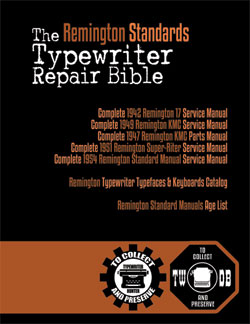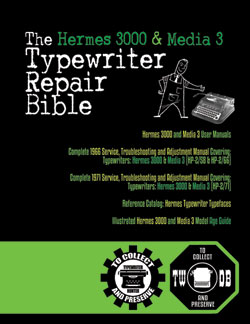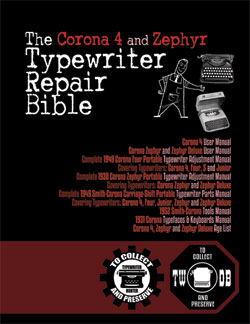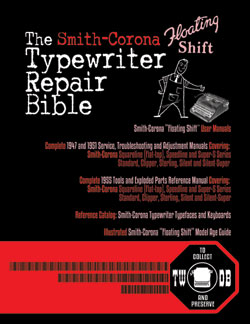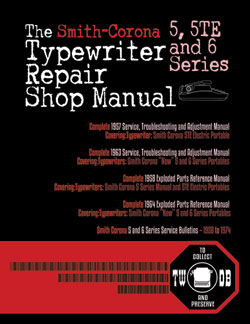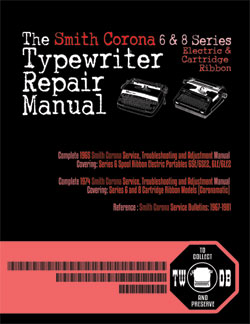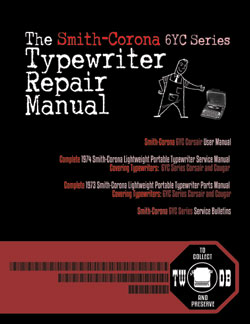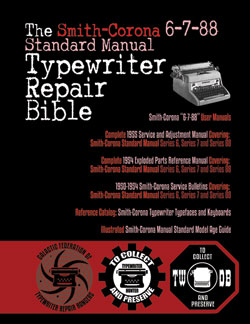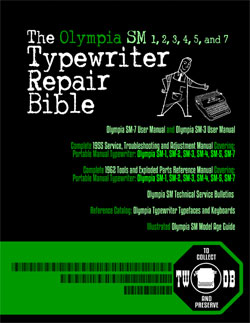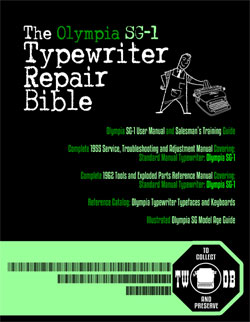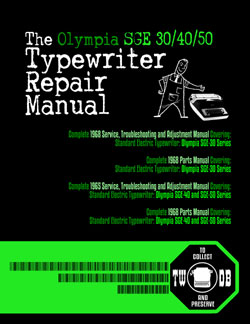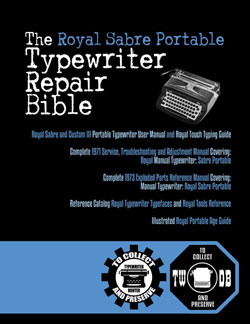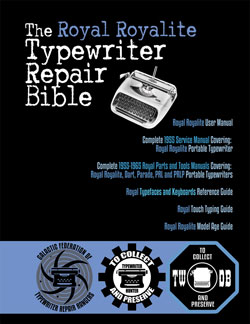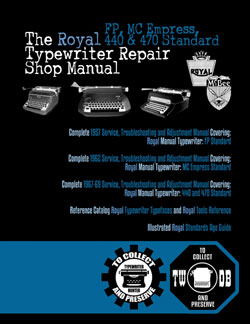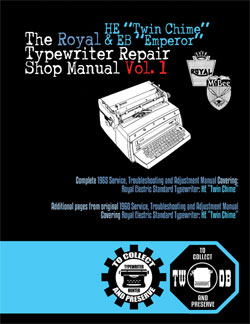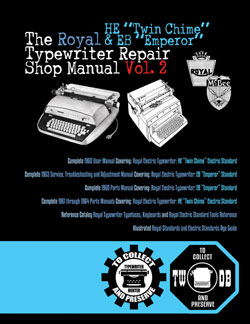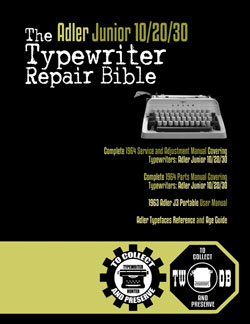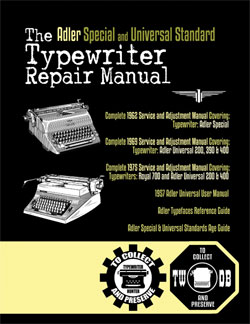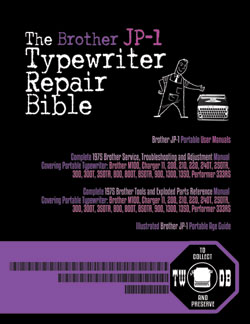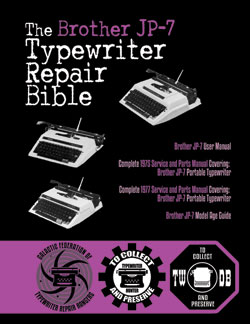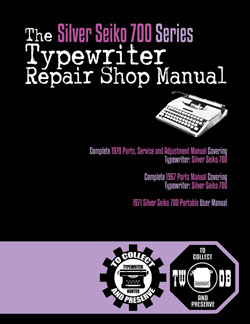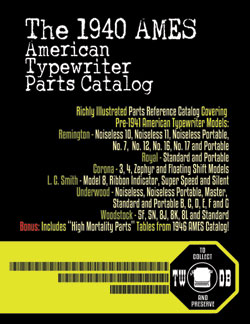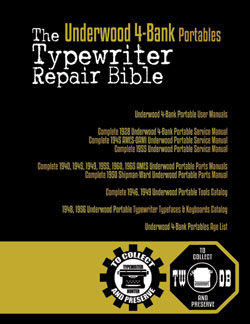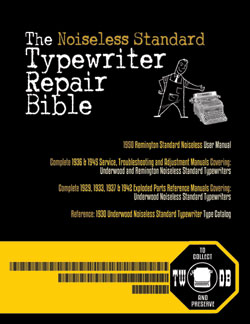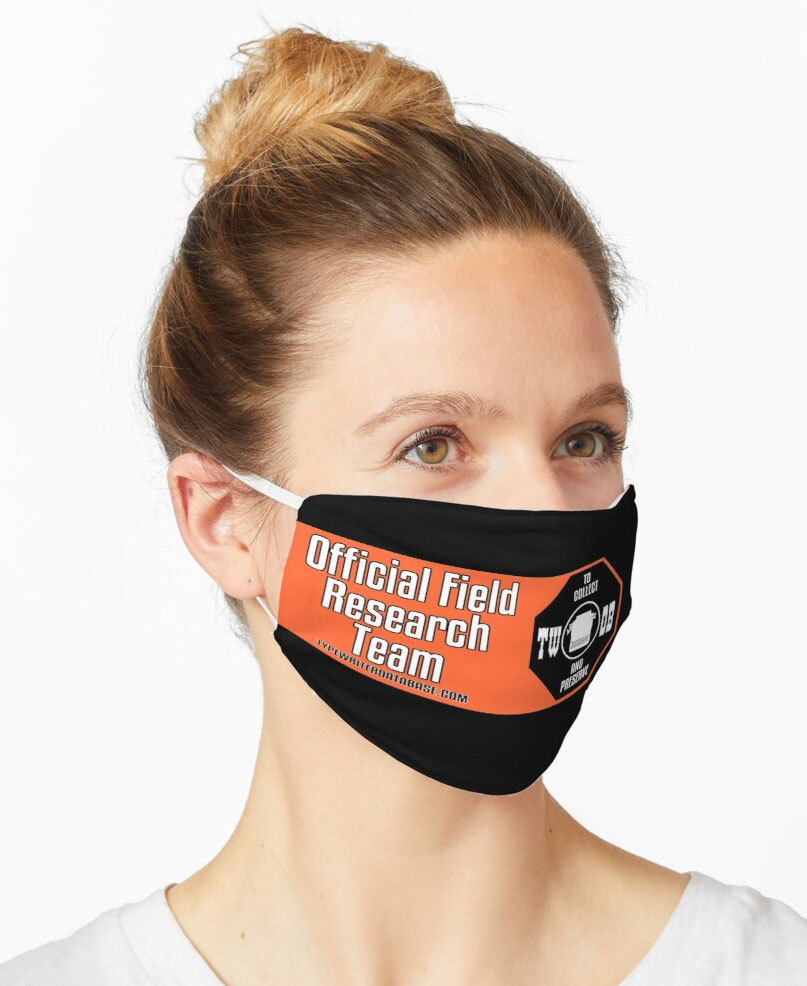1892 Hall (Braille) Hall Braille Writer #25
Status: My Collection
Hunter: Martin Howard (MartinHoward)
Created: 11-07-2020 at 11:40AM
Last Edit: 11-07-2020 at 01:05PM
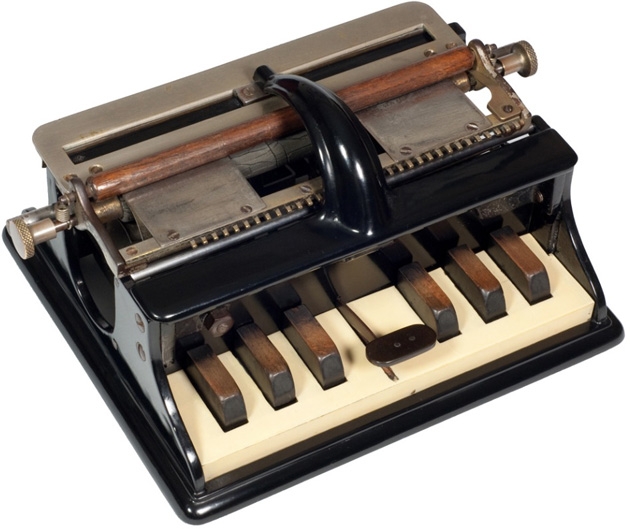
Description:
The Hall Braille-writer was invented by Frank H. Hall, superintendent of the Illinois Institution for the Education of the Blind. It was the first successful and widely used mechanical Braille-writer. Up to this time blind typists would use a stylus and writing board, with the stylus embossing Braille dots in reverse fashion onto the paper. To be read, the page is removed from the writing board and turned over. Hallās machine would be a revelation, with its simple and practical design. The six piano like keys can be pushed in any combination to create a Braille character in one action using either one or both hands. The pins to emboss the paper come up from the underside of the paper thus printing right side up, allowing the operator to read what they wrote as it was written. Operators were able to write around 30 to 50 words a minute, a vast improvement over the stylus and writing board.
The six dot Braille alphabet soon become the international standard and spelled the end of the kleidograph Braille-Writer which used an eight dot system (seen in the collection).
This Hall Braille-writer is serial number 25, making it the earliest known example of this historically important machine and one of only three known examples from the first group of 94 made.
To learn more about the Hall Braille-writer please visit my website www.antiquetypewriters.com
Typeface Specimen:

Hunter: Martin Howard (MartinHoward)
Martin Howard's Typewriter Galleries [ My Collection ] [ My Sightings ]

Status: Typewriter Hunter
Points: 259
I am a collector of 19th century typewriters and have built a collection that shows the remarkable ingenuity and beauty of the world's first typewriters. I have always been interested in the beginnings of a machine when there is an eruption of approaches to making it. Early typewriters are an exceptional example of this incubation period.
My collection can be seen at antiquetypewriters.com
RESEARCH NOTE: When researching the Hall (Braille) Hall Braille Writer on a computer with lots of screen real estate, you may find that launching the Hall (Braille) Serial Number page and the Hall (Braille) Hall Braille Writer By Model/Year/Serial page in new browser windows can give you interesting perspectives on changes throughout the model series.
